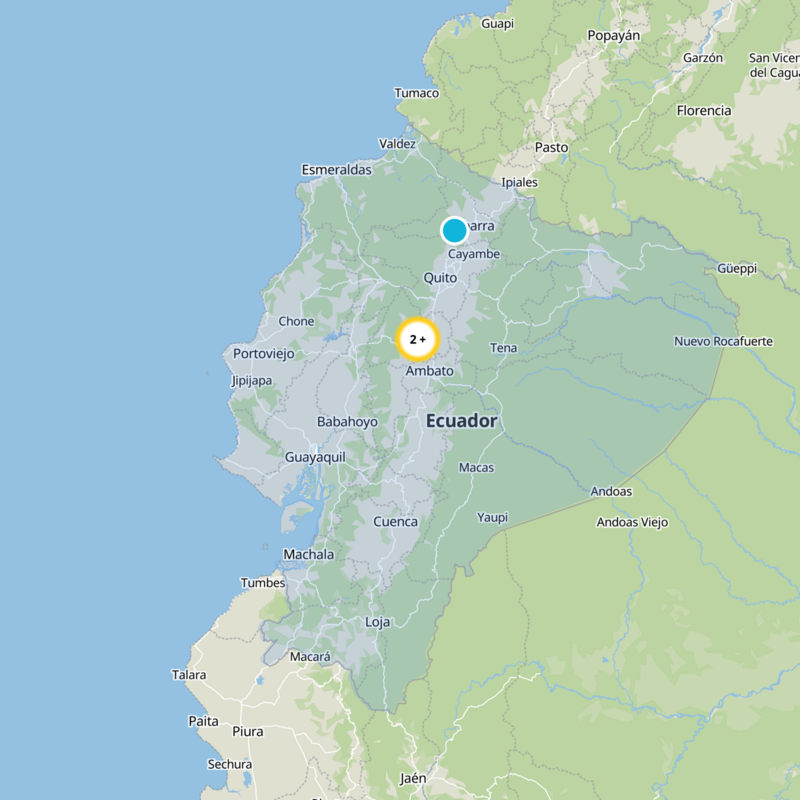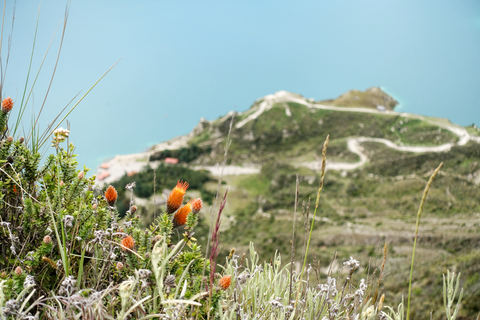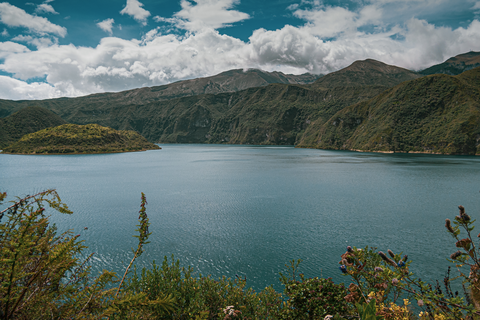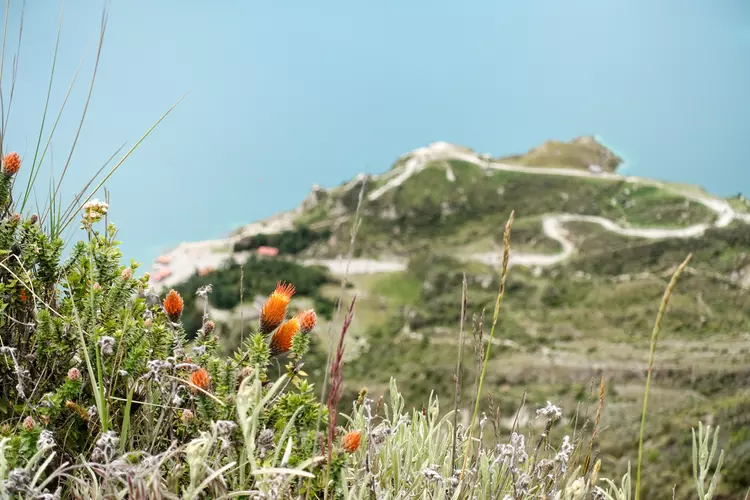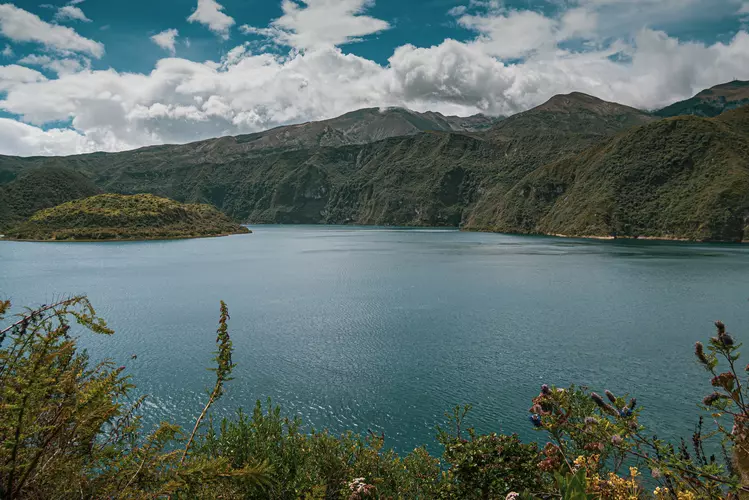"Ecuador enchants hikers with diverse landscapes, from lush rainforests to majestic Andes and mystical islands."
Ecuador, a hiker's paradise, offers an unparalleled blend of breathtaking landscapes and rich biodiversity. Imagine trekking through the lush Amazon rainforest, where vibrant wildlife thrives, or ascending the majestic Andes, with its snow-capped peaks and sweeping vistas. Explore the mystical cloud forests, home to unique flora and fauna, or wander the enchanting trails of the Galápagos Islands. Each step unveils a new wonder, inviting adventurers to immerse themselves in Ecuador's natural splendor.
Most popular hikes
FAQs about hiking in Ecuador






